#acrylic and silkscreen ink on canvas construction
Text
Post Modern Art
Escaping Confines of Museum
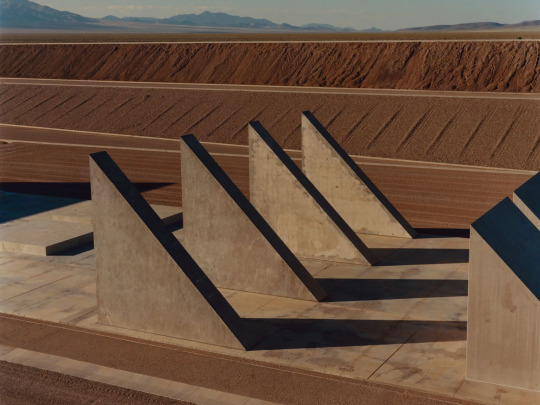
City, Michael Heizer. Located in Garden Valley, a desert valley in rural Lincoln County in the U.S. state of Nevada. land art sculpture. 1970-2022
Collapsing Boundaries Between High and Low

Curious Kitten watercolor painting is a painting by Svetlana Novikova which was uploaded on February 23rd, 2013.
Rejecting Originality

Andy Warhol 1928–1987. Silkscreen ink and acrylic paint on 2 canvases. 1982
Jouissance
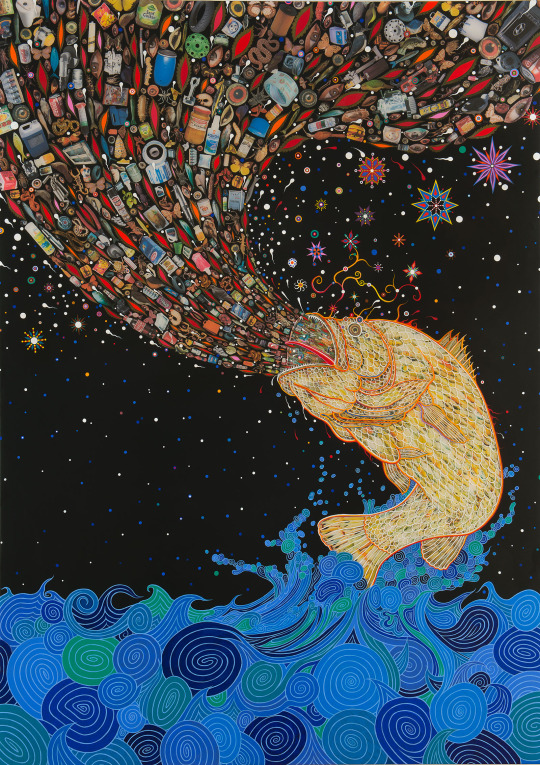
Fred Tomaselli, 2014, 60″ x 84″, photo-collage, leaves, acrylic and resin on wood panel, © 2014, courtesy of James Cohan Gallery and the artist
Working Collaboratively
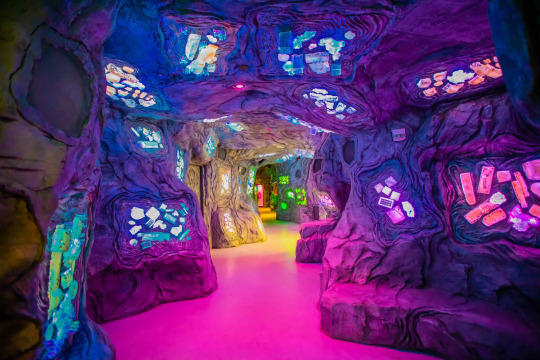
Meow Wolf. Sept. 13, 2021.
Adam Christopher
Andi Todaro
Ashley Frazier, Michael Sperandeo
Brandan Styles "Bzurk”, Ellie Rusinova
Brian Corrigan
Cal Duran, David Ocelotl Garcia
Cami Galofre
Chris Bagley
Christopher Owen Nelson
Christopher Short
Collin Parson
Corrina Espinosa
Dan Taro
David Farquharson
Dice 51
Douglas A. Schenck “DAS”
Dylan Gebbia-Richards
Frankie Toan
Ian McKenna
Jaime Molina, Pedro Barrios
Jennifer Pettus
Jess Webb
Jodi Stuart, Libby Barbee
Joseph Lamar
Joshua Goss
JUHB.
Justin Camilli
Justin Gitlin aka Cacheflowe
Kalyn Heffernan, Gregg Ziemba
Katy Zimmerman, Erika Wurth
Kia Neill
Kristin Stransky
Laaiaim Mayer
Lauri Lynnxe Murphy
LORDSCIENCE UNIVERSAL
Lumonics
Marjorie Lair, Kyle Vincent Singer
Maya Linke
Myah Sarles
Nicole Banowetz
Nolan Tredway
Ramón Bonilla
Reed Fox, Ben Weirich
Sabin Aell, Randy Rushton
Scott Hildebrandt
Sean Peuquet
Shayna Cohn
Sigrid Sarda
Sofie Birkin
Thomas Scharfenberg
Viviane Le Courtois
Wanderweird
Wynn Earl Buzzell Jr.
Andrew Novick, Pamela Webb, Robert Ayala
bearwarp
Chad Colby, Lexis Loeb, Hayley Kirkman
Charles Kern, Ty Holter, Ben Jackson, Rachel Bilys, Brett Sasine
Demiurge LLC: Joe Riche and Wynn Buzzell
Eriko Tsogo, Jennifer Tsogo, Tsogo Mijid, Batochir Batkhishig
F. Ria Khan, Armon Naein, Blake Gambel, Calvin Logan, Charles Candon, Harrison Bolin, Luke Collier, Maria Deslis, Sky Johnson, Sofia Rubio-Topete
Ladies Fancywork Society
Merhia Wiese, Annabelle Wiese, Maggie Wiese, Eunseo Zoey Kim, Dan Griner
Mike Lustig, Mitch Hoffman, Tim Omspach, Nathan Koral, Evan Beloni, Ryan Elmendorf, Scott Wilson, Charlis Robbins
Molina Speaks, Stevon Lucero, DJ Icewater, Felix "Fast4ward" Ayodele, Diles, Emily Swank
Oren Lomena, Alaine "Skeena" Rodriguez, Alius Hu
Peniel Apantenco, Kim Shively, Colin Richard Ferguson Ward, (In memoriam)
Sam Caudill, Sean Louis Rove, Juancristobal Hernández
Secret Love Collective: Katy Batsel, Lares Feliciano, Colby Graham, Piper Rose, Frankie Toan, Katy Zimmerman, Lauren Zwicky, Genevieve Waller
The Church of Many: Andrea Thurber, Elsa Carenbauer, Anna Goss, Maddi Waneka and Emily Merlin
Waffle Cone Club: Kyle Vincent Singer, Scott Kreider, Marjorie Lair
Everything is Terrible!
Kevin Bourland
Michael Lujan
Moment Factory
Nina Mastrangelo
Scott Geary, Wayne Geary, Gary Ashkin
Appropriating
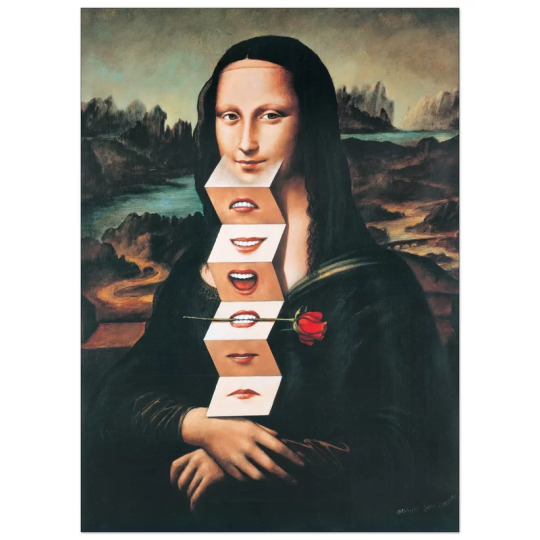
Paneel "Rehearsal for an Icon 2001 - Mona Lisa" von Olbinski, Grafikdruck. Digital Print
Hybridizing
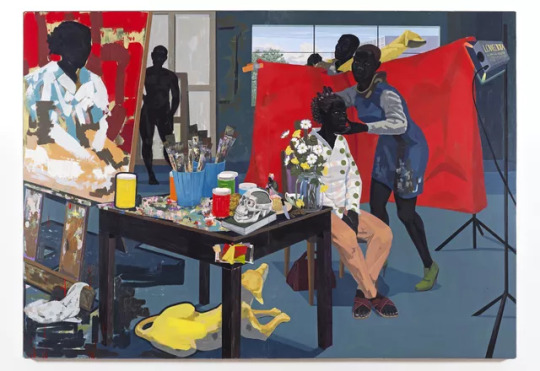
Untitled (Studio)2014
Kerry James Marshall
Simulating

Andy Warhol
(American, 1928–1987) 1962. Synthetic polymer paint on thirty-two canvases, Each canvas 20 x 16" (50.8 x 40.6 cm). Overall installation with 3" between each panel is 97" high x 163" wide
Mixing Media
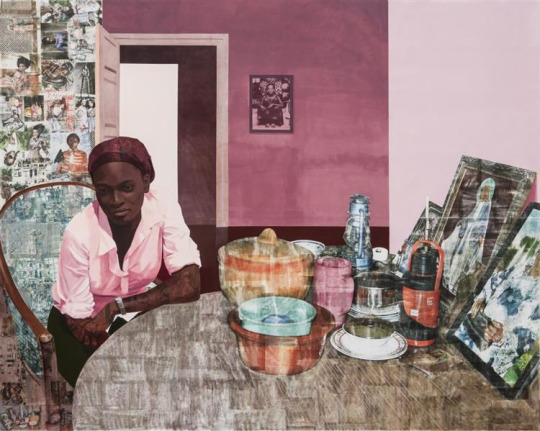
Mama, Mummy and Mamma (Predecessors #2)
Njideka Akunyili Crosby. 2014
Layering

Zephyrus Rising, 2022. Acrylic on Acrylic. 32 × 16 × 22 in Duncan McDaniel
Mixing Codes
Recontextualizing

Leonardo da Vinci’s Mona Lisa, 1503-6; On Winnie: Denis Colomb stoles (worn as a headdress, top and sleeves)
Confronting the Gaze
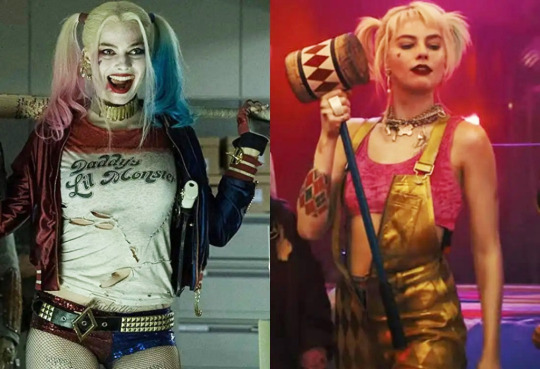
Harley Quinn in Suicide Squad David Ayer 2016 (left), Harley Quinn in Birds of Prey Cathy Yann 2021 (right)
Facing Abject

Jane Alexander, Butcher Boys, 1985/86, mixed media (Iziko South African National Gallery, Cape Town, photo: Goggins World, CC BY-NC-ND 2.0)
Constructing Identities
Creating Metaphors

Martin Puryear. Ladder for Booker T. Washington, detail, 1996. Installation view at the Modern Art Museum of Fort Worth, Texas. 2003
Using Narratives

Damien Hirst
The Physical Impossibility of Death in the Mind of Someone Living, 2013 Lentikulardruck80 x 120 cm
Irony, Parody, Parody Dissonance
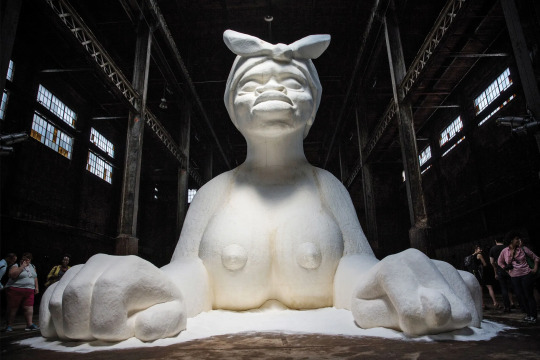
A Subtlety, or the Marvelous Sugar Baby (2014). Kara Walker Photo: Andrew Burton/Getty Images
17 notes
·
View notes
Text

“The Last Supper”, 1986, Acrylic and silkscreen ink on linen
In the 1980s Andy Warhol created a series of paintings based around Leonardo da Vinci’s The Last Supper. The one above is currently on view at The Warhol Museum in Pittsburgh, Pennsylvania.
In 2010 it was on view as part of the Brooklyn Museum’s exhibition Andy Warhol: The Last Decade.
From their website about the work-
The Last Supper series was commissioned to inaugurate a new gallery in Milan, Italy, located across the street from the site of the Italian Renaissance artist Leonardo da Vinci’s iconic fresco (circa 1495–98) depicting Jesus’s last meal with his followers. Warhol worked obsessively for more than a year on this series, producing more than a hundred Last Supper paintings, both silkscreened and hand-painted, that were some of the largest paintings of his career.
Despite his public proclamations to the contrary, Warhol was profoundly moved by the series. Of these works, he remarked, “I painted them all by hand—I myself; so now I’ve become a Sunday painter. . . . That’s why the project took so long. But I worked with a passion.” These paintings manifest both his religious beliefs—his practice of Catholicism remained private until it was revealed at his funeral—and an irreverence toward the subject, expressed through ironic commercial logos and transgressive repetitions of Christ’s image.
Warhol created many variations using versions and pieces of da Vinci’s fresco and there is some debate as to the meanings behind them. In 2018, curator Jessica Beck wrote Warhol’s Confession: Love, Faith, and AIDs, an in-depth essay exploring possible meanings behind the work. She suggests Warhol was referencing AIDS, suffering, health, and mortality, along with his relationship to Christianity.
In this section of the essay she discusses the imagery from the painting-
The tension between Warhol’s sexuality and his religious life has its fullest expression in paintings such as The Last Supper (The Big C), in which signs and symbols create a private reference to AIDS. Hand-painted via a projection process, like paintings of 1961–62 such as Before and After, Wigs, and Dr. Scholl’s Corns, the canvas is left partly unfinished, and Warhol employs a light touch with an abstract brushstroke. On this canvas the figure of Christ recurs four times, while hands appear repeatedly. Thomas’s finger pointing to the sky, intimating that heaven knows he is free of guilt, appears prominently next to the “eye” in the Wise potato-chip logo.
…The source material for the painting, in the archives of The Andy Warhol Museum, Pittsburgh, is a collage made up of headlines from the New York Post, motorcycle ads, and clippings reading “the Big C” and “AIDS” cut from a front-page article in the Post. Warhol ultimately left out the AIDS headline while keeping the more covert “The Big C,” but given the direct references to “gay cancer” in his diaries, it becomes clear that this image of Christ was connected for him to the rapid rate at which people were dying around him. “The Big C” was synonymous with AIDS. The Last Supper (The Big C) reflects on sex and shame through appropriated images of Christ’s betrayal, the piercing owl’s eye (the Wise logo), and the numbers 699, appropriated from a price tag—$6.99—but indexing both the sexual position “69” and the “mark of the beast,” 666, in the Book of Revelations. Even the details of Christ’s feet at the far right of the canvas seem to point to the notion of punishment: for Steinberg, writing on Leonardo’s Last Supper, “as [Christ’s feet] rejoin the rest of the body, they foreshadow it glorified; and they foreshadow it crucified.”34 The image of Christ offering his flesh in the Eucharist was a symbol of salvation during a time of suffering, an unusually personal and emotional image for Warhol. In keeping with the complexities of his construction of death in the Death and Disasters, and with its repression in the diaries, the painting speaks of sex and of judgment. It is an allegorical triangulation of mourning, punishment, and fear.
For more on Warhol an his diaries, the Netflix documentary is really informative as well as entertaining. It’s a moving portrait that goes beyond what most people know about Warhol, both as an artist and as a person.
youtube
#Andy Warhol#The Last Supper#Art#The Warhol Museum#Artist Documentaries#Downtown Pittsburgh#Brooklyn Museum#Jessica Beck#Leonardo da Vinci#Painting#Pennsylvania Art Shows#Iconography#Pittsburgh Art#Pittsburgh Art Shows#AIDS#Religion#The Andy Warhol Diaries#The Big C#Documentary#Youtube
0 notes
Text
Terrorist: Khosrow from the Terrorist series, 2004
Khosrow Hassanzadeh
Khosro Hasanzadeh's "Terrorist Series" has had a profound influence on my artistic journey as it challenges Western notions of terrorism. His visual narratives, which incorporate family and religious symbols, defy Western perceptions of Islam by portraying himself, his mother, and his sisters – individuals who practice the Muslim faith – as terrorists. This encourages viewers to reevaluate their preconceptions and question Western moral authority in defining terrorism. It also prompts reflection on self-perception versus portrayal in the Middle East.
Inspired by Hasanzadeh, my illustrations disrupt entrenched norms and labels associated with religion and culture. They aim to foster a more inclusive discourse, transcending limiting labels through visual representation. Hasanzadeh’s series influenced my exploration of art, ideology, and identity, reevaluating Western definitions and confronting normative constructs.
0 notes
Text
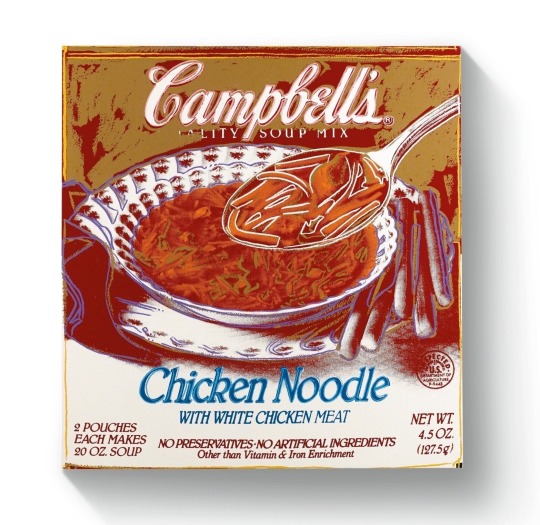
Campbell’s Soup Box: Chicken Noodle with White Chicken Meat
Andy Warhol
acrylic and silkscreen ink on canvas construction, 1986
#Andy Warhol#art#artist#pop#painter#Campbell’s Soup Box: Chicken Noodle with White Chicken Meat#mixed media#acrylic and silkscreen ink on canvas construction#1986
17 notes
·
View notes
Photo

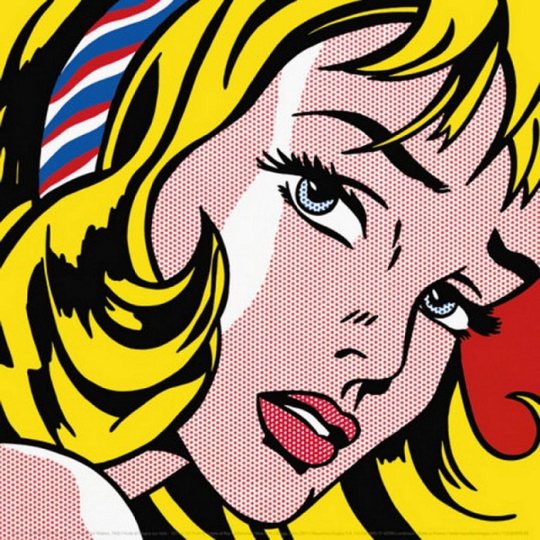

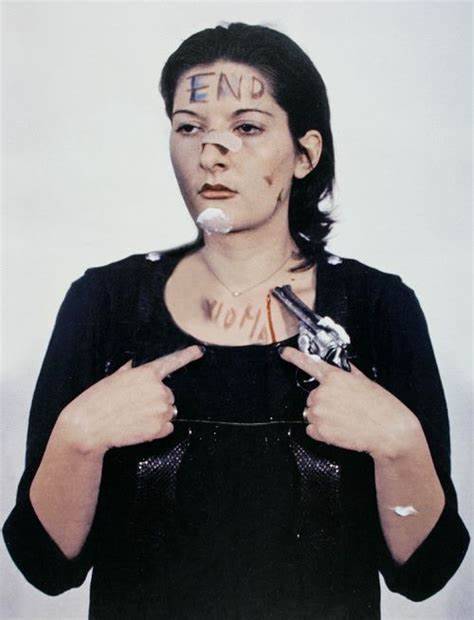

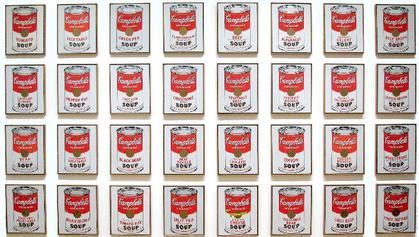


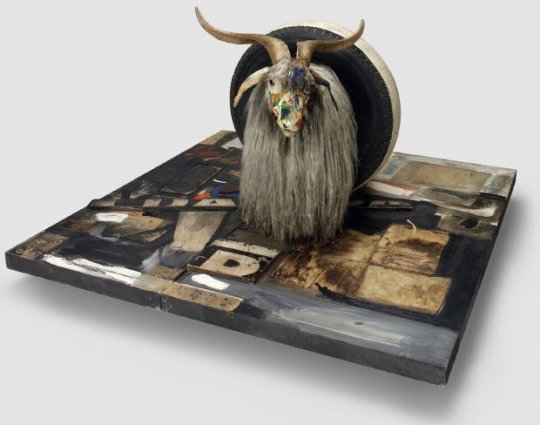

I was not aware Post modernism had so many definitions so this article was certainly an interesting read. The article mentioned Damien Hirst who is certainly one of my favorite artists that I've been writing a research paper on recently. I identified with the mentioning as I see a bit of myself in Damien Hirst as an artist personally as I’m always looking at random objects and going “how can I incorporate this into art.”
To me post modernism was defined well by the Young British Artists, some of which were mentioned here such as Damien Hirst and Tracy Emin. The YBA’s sought to create shocking and raw art from non art materials. Traditional materials of high art are considered things such paint, pencil, and canvas. Things that fit neatly in a gallery setting. Post modernism seems to look at things and go “this is art because I say it is” or “this is beautiful because I say it is” or perhaps “maybe art doesn’t have to be beautiful to be enjoyed.” It takes us back to the roots of Marcel Duchamp and his Fountain. Proclaiming something is art because the artist looks at it and says that it is so. This denotes that the artist has a lot of power in their title. Post modernism challenges the tidy structure of the gallery or sometimes fits the bizarre into the gallery without the usage of paint or pencil.
1. Escaping the Confines of Museums: Lightning Field, Walter De Maria, 1977, Pointed Steel Rods: Although this is considered an earth work it is certainly post modern in the way it escapes the museum. It is breath taking union between land and sky that pushes the boundaries of what man can make into art.
2. Collapsing Boundaries Between High and Low art: Girl with Hair Ribbon, Roy Lichenstein, 1965, Oil and Acrylic: This painting certainly reflects cutting the boundaries between high and low art due to the fact that is produced in a traditional high art medium, but reflects the low art style of cheap comic books. Combined, it creates something new.
3. Rejecting Originality: Estate, Robert Rauschenberg, Oil and Silkscreen ink on canvas, 1963: I Think this work reflects objecting originality well because instead of inventing things purely meant for the purpose of aesthetic the work draws off of images one might see daily. Therefore drawing from everyday culture much in the way pop art would.
4. Jouissance: Rhythm Zero, Marina Abramovic, Performance art, 1974: It was hard to really grasp the term and the meaning of it. The most I got out of it is that it is on the verge of something so pleasurable it grasps the threshold of pain. I think Rhythm 0 portrays this well as Abramovic left people in control to do as they pleased with her. This performance brought out the true animalistic qualities of human beings with the allowance of such freedom.
5. Working Collectively: Rrose Selavy, Marcel Duchamp and Man Ray, 1920-1921, photograph,: This is a good example of artists working together on a project. Two early pioneer’s of Dada came together to shape Duchamp’s alter ego. Duchamp posed and Man Ray snapped each and every photograph of the female alter ego.
6. Appropriating: Campbell’s Soup Cans, Andy Warhol, 1962, Screen printing on canvas: a very well known master of appropriation, Warhol would draw artistic inspiration from pop culture, mass consumerism, and advertisement culture.
7. Simulating: You’re In, Andy Warhol, 1967, Spray Paint on glass bottles in printed wooden crate, With this category we see Andy Warhol again as he uses ordinary items to mimic a large chunk of consumerist culture and present it as art.
8. Hybridizing: Char Nuptial Japon, Felix Armand Heullant, 19th Century, Oil on Canvas,: a strong example of hybridization is with the art movement of Japonisme. In this painting we see a very French impressionist style that is reflecting a very Japanese cultural atmosphere.
9. Mixing Media: Monogram, Robert Rauschenberg, 1959, Oil on canvas, paper, wood, stuffed Angora Goat, tire : This work is a prime example of mixing medias as it combines several different elements together to make something between a painting and a sculpture.
10. Layering: Golden Future, Sheppard Fairey, 2018, Color Screen Print and Multimedia Collage, : A prime example of layering many different images to create a singular piece.
11. Mixing Codes: Power Washer, Banksy, Spray paint and Stencil, 2008, : This work mixes codes by the washing of what would be considered priceless parts of historical and cultural history in the form of cave paintings. The work offers a commentary on what we see as art vs. what we see as vandalism.
12. Recontextualizing: The Golden Calf, Damien Hirst, 2008, Vitrine, Formaldehyde, calf, gold, gold plated stainless steel, marble, : this work represents the taking of something mundane and giving it new meaning with added materials and a title that denotes mystical and mythological qualities.
13. Confronting the Gaze: How much Life is Enough?, Juno Calypso, 2018, photograph, :
14. Facing the Abject: Blood Piss Blues Series, Vincius Quesada, Blood, urine, blue paint on canvas
15. Constructing Identities: Alvin Baltrop, Navy Sailors, 1969--72, Gelatin-silver print
16. Using Narratives: After the Prom, Norman Rockwell, 1957, oil on canvas
17. Creating Metaphors: The Scream, Edvard Munch, 1893, tempera, pastel, oil paint
18. Irony, parody, and dissonance: The Treachery of Images, Rene Margritte, 1929, oil paint
13 notes
·
View notes
Text
Purchasing Original Paintings and Art Prints
Whether you're seeking original paintings or art prints from noted artists or even inexpensive reproductions, the more information you have the better decisions you will make concerning selection, condition, conservation, and framing of the pieces you'll acquire.
The cardinal rule is to always buy what you love. If you have an initial positive response to the art, then chances are you will appreciate the work more as you live with it. Fortunately, today, different venues through which fine art is presented offer many opportunities to enjoy art in your own environment regardless of your budget. If you loved this article and you would like to receive details about engagement word art generously visit our own web page.
Not everyone is able to consider the acquisition of fine art originals. However, a number of printing techniques and reproductions make available a good deal of pieces with the aesthetic value we all enjoy along with varying collector values.
Original Paintings
An original painting, be it created with watercolor, oil, acrylic or some other substance, is generally considered to be one in which the paint is applied using a brush or other means of application to an appropriate surface to derive a single work of art. Its value is based not only by its aesthetic, circumstantial, or historical attributes but also by the fact that it is one-of-a-kind.
Original Art Prints
Some artists utilize methods of printing in which different materials such as linoleum or wood blocks, stones, copper, steel, aluminum, plexiglass plates, or silkscreens, are utilized to apply ink. While a number of prints might be generated from the same plate, each is considered to be an original print due to variations inherent in the application process by which each piece is produced.
Collagraphs are created through the construction of collage-like "boards" which are used like a plate to apply the ink to paper. Louis Pohl developed his own special technique of collagraphic printing utilizing mixed media to achieve the varying textures and intensities that he felt were lacking in the traditional methods being used. The short life expectancy of the boards generally limited the number of prints that could be generated in this fashion and along with the individual variations from one print to the next this provided the different attributes upon which the individual prints are valued.
Serigraphs are created by a process of silkscreening which allows for more accurate and higher-quantity printing of the master than is provided with collagraphs.
In traditional Lithography, the image is created or transferred onto a limestone or photosensitive plate, inked up with rollers and printed by hand on paper on a large flat press.
Digital Art Prints are created directly on a computer with an image or drawing application, then printed on an inkjet printer on archival quality paper.
Most original art prints are printed in editions, bearing a number and the signature of the artist certifying the total number of prints that were made for the particular work. For example, a print bearing the number 3/10 would indicate that it is print number three of a total of ten prints in this edition.
Reproductions
Offset Lithographs and Giclees are both printed reproductions of art pieces offering popular works at consumer prices. Offset lithographs are produced using commercial offset printing as for magazines and brochures, and are generally run in large quantities to allow affordability.
Giclee is the French word meaning to spray or squirt. Giclee prints are a popular form of reproduction where a digital image of an original work of art is printed from an inkjet printer onto paper, canvas or other media. Giclees are more expensive than offset reproductions, but offer the advantage of producing one or a few prints in a cost effective way on a variety of substrates.
As stated at the outset, the cardinal rule of buying art is to buy what you love. The business of collecting art for investment sake is a speculative one. The learning curve is steep and it's always reassuring to know that whether or not the pieces that grace your space are valuable, they are objects that you treasure!
0 notes